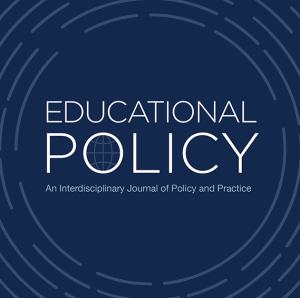
Research Synthesis
Student belonging is a vital ingredient for learning and well-being. In every learning environment, students pick up on cues and signals that they use to assess whether and to what extent they belong. When these messages support students’ belonging, they can bring their full selves to school and devote their full attention and energy to learning.
Practices, Policies, and Norms for Belonging
What do we know about creating and sustaining environments that support belonging for each student?
To answer this question, Student Experience Research Network developed Structures for Belonging, a research synthesis that illuminates structures – or practices, policies, and norms – related to belonging in four overlapping categories: access to learning environments; relationships with educators, peers, and families; instructional resources and pedagogy; and system-level policies and practices.
The synthesis discusses both K-12 and postsecondary educational contexts, and includes research from diverse academic disciplines including social psychology, cultural psychology, sociology, adolescent development, neuroscience, economics, and education.

Characteristics of Belonging-Supportive Environments
Research from a range of disciplines suggests that belonging-supportive learning environments share a set of interrelated characteristics, which, together, communicate to students that their presence and intellectual and social contributions are valued. Belonging-supportive environments:

Respect each student’s identity along multiple dimensions
so that every student feels understood and known as a person and thinker in the environment.

Affirm each student's capacity to succeed
in the environment by combining high expectations with the feedback and support needed to meet them.

Recognize each student’s agency
and contributions to the classroom, institution, community, and society.






